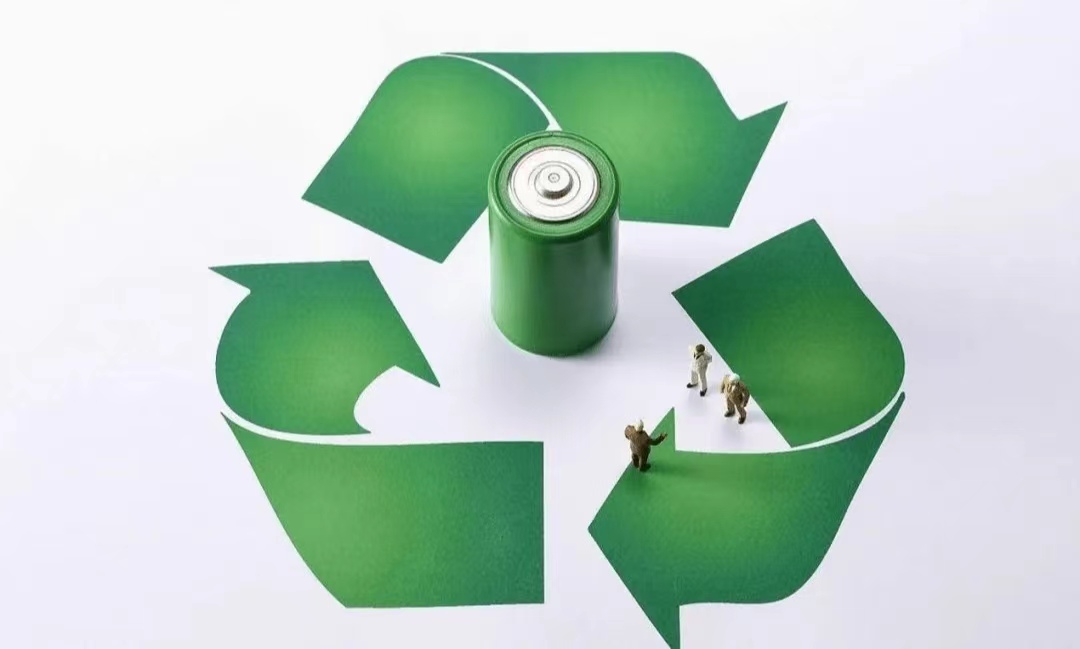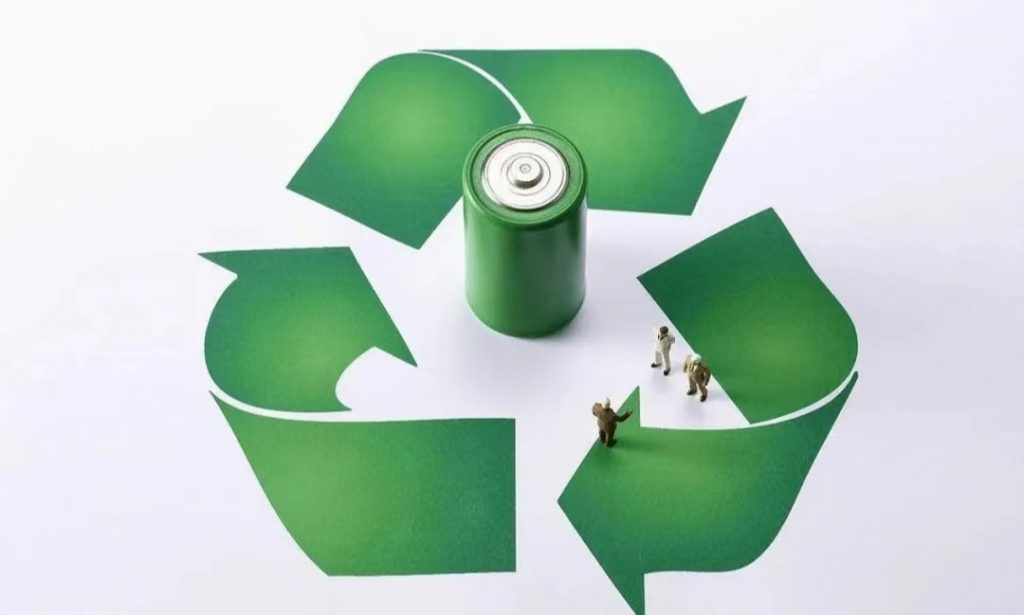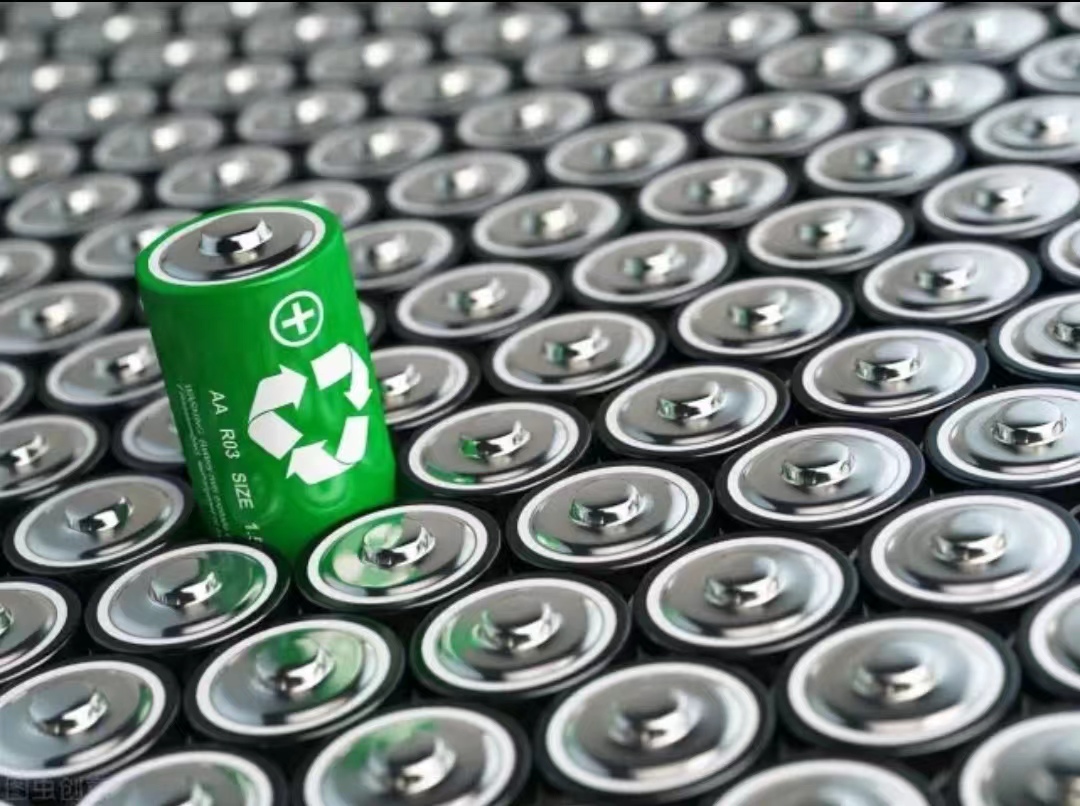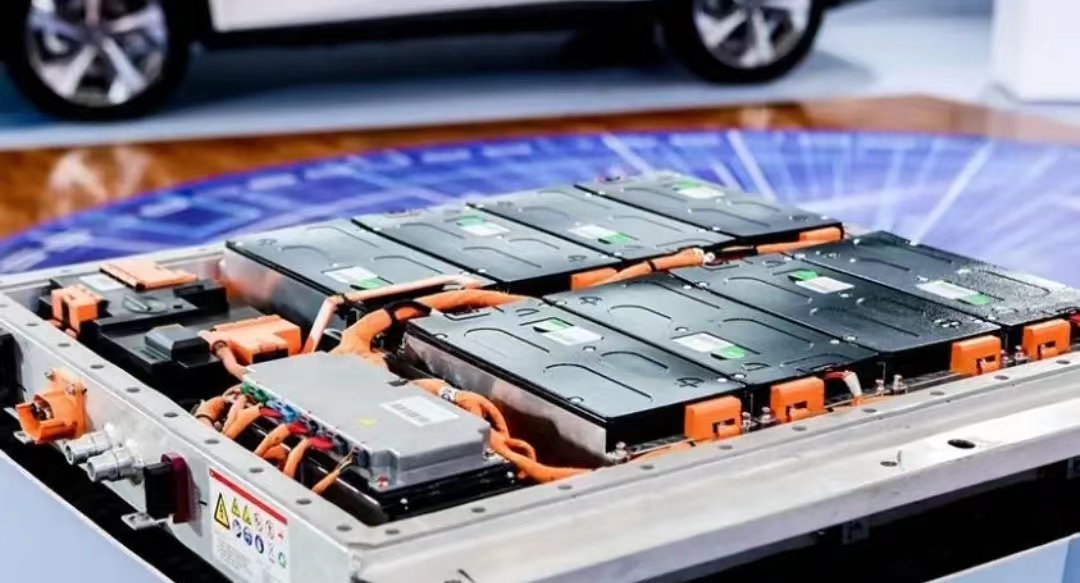Analysis of the global power battery recycling industry
Power battery recycling is a global focus. It is not only the end of the sustainable development of the new energy industry, but also the key to the green and sustainable supply of nickel, cobalt and lithium and other strategic resources. It is also a strategic measure to deal with climate change and promote green development.
In 2021, the global sales of new energy vehicles reached 6.75 million, a year-on-year growth of 108%, and the global total installed power battery was 296.8GWh, a year-on-year growth of 102.3%.
In 2025, the global shipment of lithium batteries is expected to reach 1,200GWh, and China’s shipment will reach 600GWh, accounting for about 50%.
According to this calculation, in 2025, the global demand for nickel and cobalt lithium in the new energy automobile industry reaches 809,300 tons, 350,200 tons and 210,000 tons respectively. The recycling of power battery is not only to solve the environmental pollution, but also to solve the problem of strategic resources.
On the one hand, power batteries contain a large number of heavy metals and organic pollutants such as nickel, cobalt, manganese, copper, phosphorus, electrolyte, etc. If they are not effectively recovered, new energy will be made from “green” to “black”. Only by effectively recovering power batteries can the commercialization of new energy be promoted from “green” to “green”. On the other hand, the power battery contains a large amount of nickel, cobalt, lithium, manganese and other scarce resources, which is an urban mine of nickel, cobalt, lithium and manganese.
With the rapid development of new energy vehicles, a large number of cobalt-nickel-lithium resources are used, and the exploitation of cobalt-nickel-lithium resources cannot meet the growth needs of new energy commercialization, resulting in a global shortage of cobalt-nickel-lithium resources.
Since January 2021, the price of nickel, cobalt and lithium resources has risen all the way, the price of lithium resources has risen by more than 1,000%, the price of cobalt resources has risen by more than 100%, and the price of nickel resources has risen by more than 200%. It is the once-in-a-century “demon nickel” storm that the LME nickel price has risen by 250% for two consecutive trading days.
Without “lithium”, it is difficult to move forward, and the emergence of “demon nickel” seriously restricts the healthy development of the global new energy industry. China lacks cobalt, nickel and lithium. According to the statistics of USGS (United States Geological Survey), China’s cobalt resources reserves are only 1.13% of the world’s, China’s nickel resources reserves are only 3.0% of the world’s, China’s lithium resources reserves are only 7.1% of the world’s.
However, China’s use of cobalt, lithium and nickel all exceeds 50% of the world’s use, and China’s supply of cobalt, lithium and nickel resources is seriously insecure. The sharp rise in the price of cobalt, lithium, nickel and other metals has improved the economic benefits of the battery recycling industry. The recovery of cobalt, nickel and lithium resources has become an effective way to meet the strategic needs of China’s new energy for cobalt, nickel and lithium resources.
According to CITIC Securities, new energy vehicle power batteries are about to enter the peak period of scrapping, the global battery recycling market space will exceed 150 billion yuan in 2027. Further national legislation on power battery recycling and utilization industry will promote the rapid development of the industry. In the future, the battery recycling policy will be gradually standardized in the aspects of environmental protection and safety, and the leading enterprises with channel advantages, customer advantages and process advantages are expected to win.
It is expected to reach $5.3 billion by 2026
This year, the global power battery recycling market scale will rise from $1.31 billion last year to $1.77 billion, a rise of up to 35%, according to the relevant industry estimates show that by 2026, this market size is expected to reach $5.3 billion, the compound annual growth rate is also more than 30%.
The battery recycling market is heating up as global sales of electric vehicles break new records. Especially as the price of raw materials for electric vehicles continues to rise, many electric vehicle manufacturers are turning their eyes to the recycling business.
Car companies have layout
Last September, Ford Motor announced a partnership with Redwood, a materials manufacturer, to boost power battery recycling. In May, Tesla announced that at least 92 percent of its battery recycled materials would be used in future vehicle production. In June this year, Volkswagen announced that it had successfully realized multiple recycling of battery materials for the first time, achieving a closed-loop utilization of battery materials.
Our country electric vehicle enterprise in this field layout earlier. As early as 2018, BYD proposed a “sustainable development plan” for its battery business and started to lay out the closed-loop industrial chain of battery materials.
Dealing with a supply crunch
It is widely believed that the global EV manufacturers are rushing to increase the recycling business of power batteries in order to cope with the supply crisis of raw materials for power batteries that continue to ferment.
The price of lithium, a key mineral for power batteries, has been rising for nearly two years. By the second week of October this year, the spot quotation of battery-grade lithium carbonate exceeded 530,000 yuan/ton, and the price of lithium hydroxide also exceeded 500,000 yuan/ton, nearly 10 times higher than the level of less than 50,000 yuan in 2020.
In addition, the market for key metal minerals such as copper, nickel and cobalt continues to be hot, and prices have also risen to varying degrees. Against this backdrop, several auto makers have raised the retail prices of several of their electric vehicles in response to rising costs.
Demand soared and the market expanded
Current global demand is about 97,000 tons a year for lithium, 186,000 tons for cobalt and 3.014 million tons for nickel, according to data from analysts Wood Mackenzie.
By 2030, the demand for the three key metals is expected to reach 318,000 tons, 264,000 tons and 4,273,000 tons, respectively. With sufficient recycling, the annual recycling scale will reach 130,000 tons of lithium, 112,000 tons of cobalt and 377,000 tons of nickel respectively by 2030.
Therefore, recycling waste power batteries after refining, not only can meet the demand of the industry to a certain extent, but also for the lack of relevant minerals countries are quite beneficial.
Not only that, the relevant industry estimates also show that this year the global power battery recycling market size will rise from $1.31 billion last year to $1.77 billion, up as much as 35%, by 2026, this market size is expected to reach $5.3 billion, the compound annual growth rate is also more than 30%.



